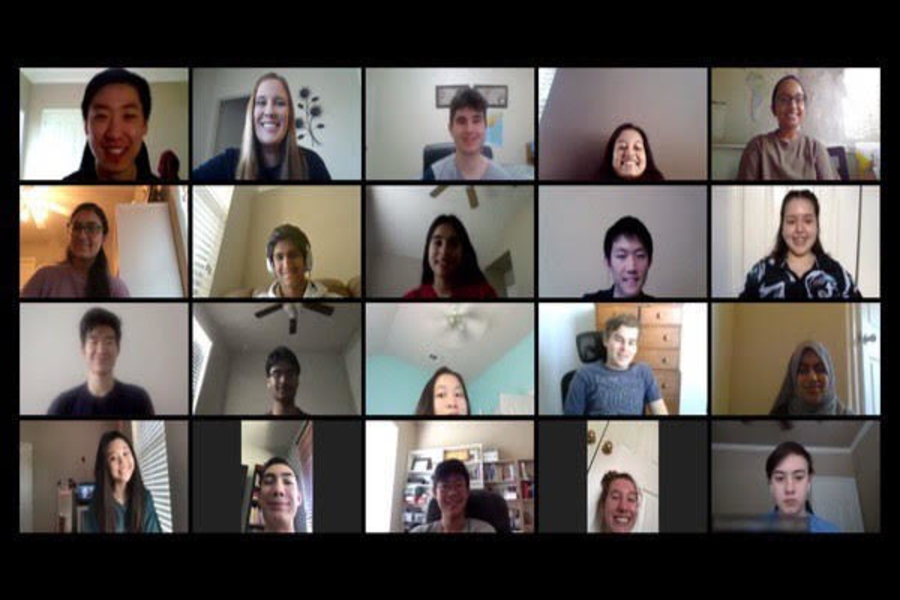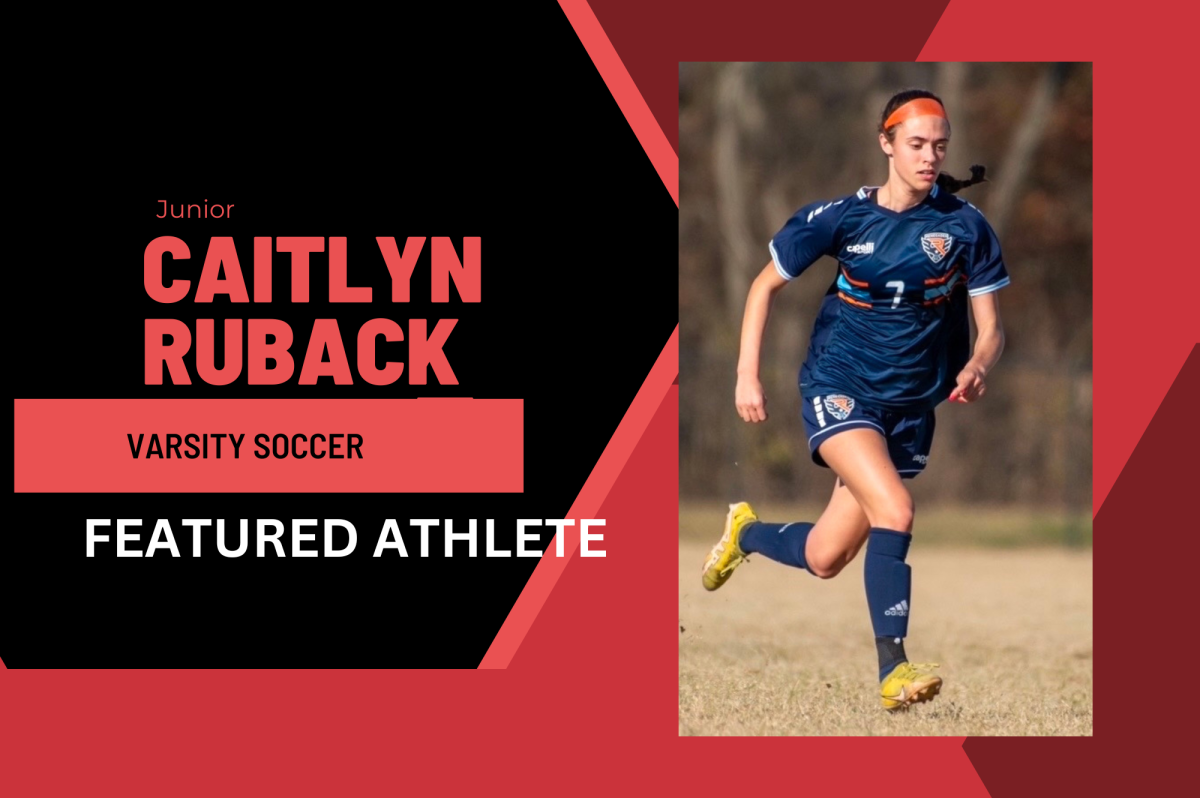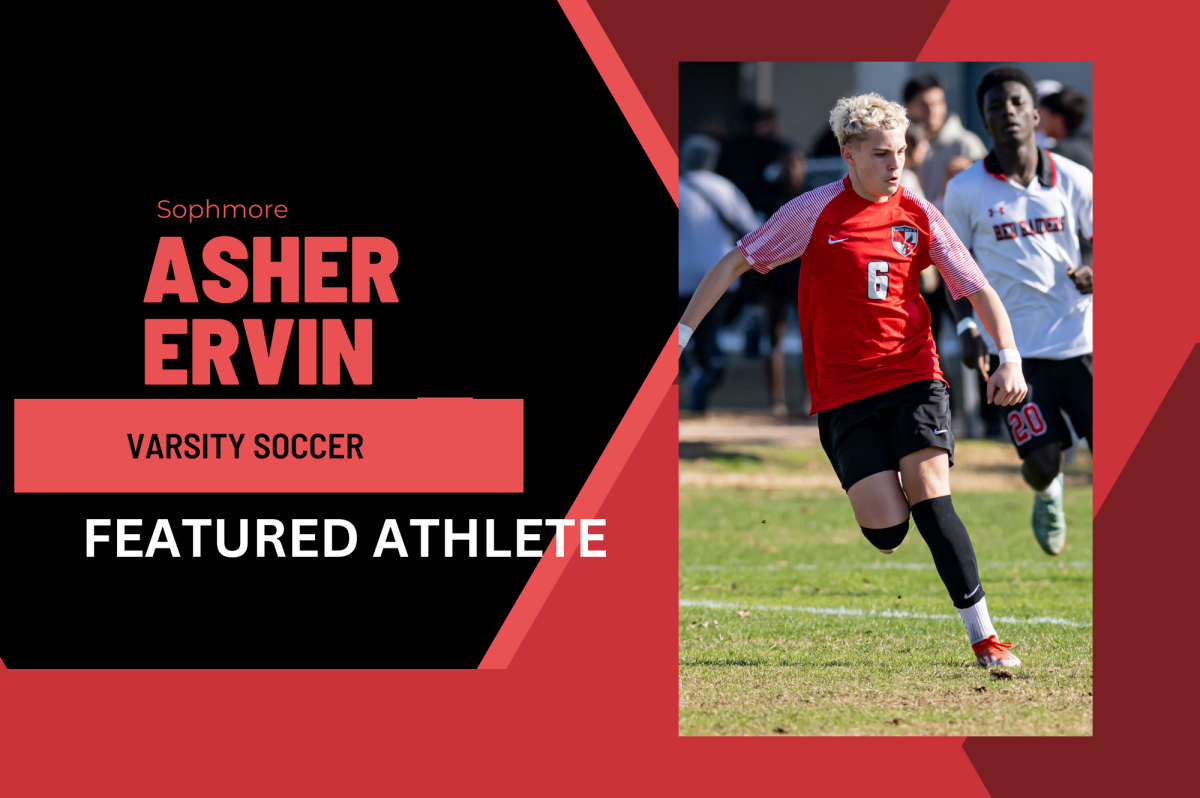Synchronous learning introduces more structure for students
With campuses across the district opening with virtual learning for the first three weeks, many classes are mixed, with teachers teaching students from various campuses. “We have students from other campuses because not all campuses have the same amount of students who want to do in person and face to face classes,” English teacher Chad Doty said. “We are really trying to handle that overflow especially of those students who want virtual environments so I think it is beneficial in that way. Working with other schools in the district, we are able to kind of shoulder the load and help out our students and facility around Frisco.”
August 13, 2020
Virtual instruction for the first three weeks of school will look different from last year’s eLearning, as synchronous learning is being implemented to provide students with more structure.
Though some students enjoyed the flexibility of being able to sleep until noon and work late at night as part of the spring’s eLearning’s asynchronous system, a lot of kids struggled according to principal Ashley Rainwater said.
“When they needed help, they felt like they couldn’t reach their teacher,” Rainwater said. “Or they felt like going to watch a video or following something didn’t give them the same instruction that they got from their teacher.”
To combat this, synchronous learning allows students to interact with teachers in real-time interaction through a typical first to fourth period bell schedule via virtual Zoom or Google Meet.
AP Environmental Science teacher, Jamie Berendt, has utilized both asynchronous and synchronous learning into her lesson plans.
“There will be a common agenda that will implement time together as a whole on Zoom and then sent to breakout rooms for small group work,” Berendt said. “During that time, I may pop in the small groups to answer questions, see if the students are having any issues etc, then come back at the end to conclude.”
Berendt will then provide asynchronous work to be completed by a certain time, which students will get to synchronously practice with the following class period.
Students like senior Bailey Johnson believe synchronous lessons will be beneficial to students.
“I definitely think synchronous learning will be helpful this year,” Johnson said. “This way students are able to ask questions directly to their teachers and learn from them.”
As the school year progresses, Berendt expects there to be adjustments with this new form of learning and prepares to be flexible.
“Some things require a lot of practice to get the material, so in some cases, our synchronous time will be more for individual help with the teacher and with each other rather than lecturing, which is more like being in a real classroom,” she said. “Sometimes, the students may be given the opportunity to log out of Zoom to work if they feel confident and then just check back in.”








